This concludes the revolutionary mission to the Asteroid Belt after 11 years of service
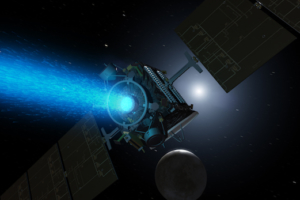 Space Exploration
Space Exploration

 Space Exploration
Space Exploration
This concludes the revolutionary mission to the Asteroid Belt after 11 years of service
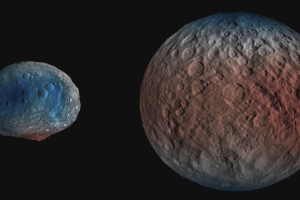 News
News
It’s long been thought that Ceres may have a very weak, transient atmosphere, but mysteries lingered about its origin and why it’s not always present
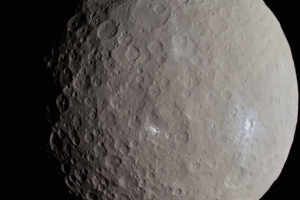 News
News
Data from the Dawn spacecraft suggests the world’s interior is the source, as opposed to arriving via impacting asteroids or comets
 News
News
Thousands of times heavier than the Milky Way, should the biggest galaxies in the universe really exist? Find out in the latest issue, out now
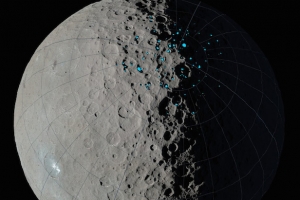 News
News
Many areas have been cold enough to trap water ice for a billion years, suggesting that ice deposits could exist there now
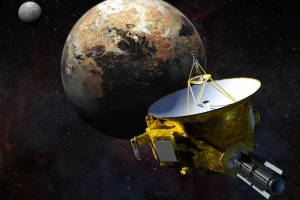 News
News
The NASA mission has received the green light to fly onward to an object deeper in the Kuiper Belt, known as 2014 MU69
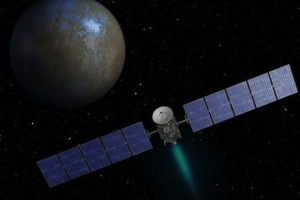 News
News
Astronomers are discovering more intriguing information about the dwarf planet
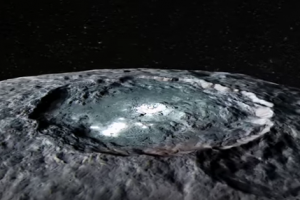 Space Exploration
Space Exploration
This simulated flyover is the most breathtaking tour of the dwarf planet we’ve seen yet
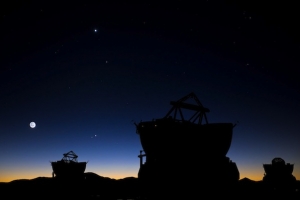 Astronomy
Astronomy
For the first time in more than a decade, you can view all five naked-eye planets – from Mercury to Saturn – together in the predawn sky
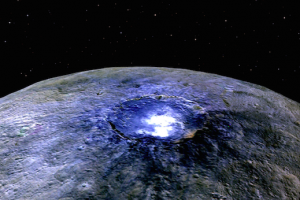 News
News
Bright spots seen by NASA’s Dawn spacecraft on the surface of dwarf planet Ceres are likely to be salt deposits
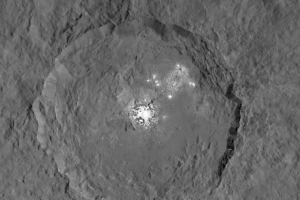 News
News
The luminous features on the dwarf planet gleam with mystery in new views delivered by NASA’s Dawn spacecraft